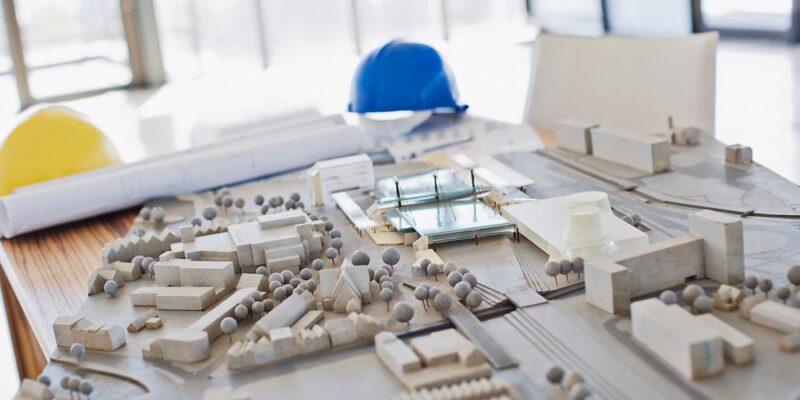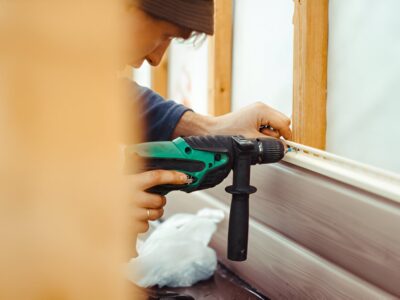When investing in a new residence or property, verifying the structure’s safety, solidity, and absence of potential problems is imperative. This underscores the significance of building inspections. These inspections entail a comprehensive evaluation of a property’s state performed by a certified expert.
A building inspection entails an unbiased visual assessment of a property’s structural integrity and operational systems, covering everything from the foundation to the roof. It aims to uncover any present or potential issues that could impact the property’s worth, safety, or habitability. These inspections are commonly conducted by certified inspectors possessing the requisite expertise to thoroughly evaluate a property’s state.
Why are building inspections important?
- Safety – Inspections identify safety hazards such as structural issues, electrical problems, or fire risks.
- Cost savings – Identifying potential problems early helps avoid costly repairs.
- Informed decision making – An inspection report provides valuable information that helps you make an informed decision about purchasing a property.
- Negotiation tool – If issues are identified during the inspection, you may be able to negotiate with the seller for repairs or a price reduction.
What does a building inspection cover?
- Structural components – Foundation, walls, floors, ceilings, and roof.
- Exterior – Siding, windows, doors, decks, and drainage.
- Interior – Walls, floors, ceilings, stairs, and railings.
- Plumbing – Pipes, fixtures, water heater, and sump pump.
- Electrical – Wiring, panels, outlets, and light fixtures.
- Heating, ventilation, and air conditioning (HVAC) – Furnace, air conditioner, ductwork, and chimney.
- Insulation and ventilation – Attic insulation, ventilation, vapour barriers, and crawl spaces.
The inspector will examine these areas and provide a detailed report outlining any issues found and recommendations for repairs or further evaluation.
Preparing for a building inspection
- Clear access – Ensure the inspector has easy access to all areas of the property, including the attic, crawl spaces, and locked rooms.
- Tidy up – While the inspector won’t evaluate cleanliness, a tidy space makes it easier for them to move around and examine the property thoroughly.
- Compile documentation – Gather relevant documents, such as previous inspection reports, building permits, or warranty information, and have them ready for the inspector to review.
- Make a list of concerns – If you have any specific concerns about the property, make a list to discuss with the inspector during the inspection.
What happens during a building inspection?
On the inspection day, the inspector will arrive at the property and begin their examination. The process typically takes several hours, depending on the size and complexity of the property. During the inspection, the inspector will:
- Conduct a visual examination – The inspector will walk through the property, looking for visible signs of damage, wear, or potential issues.
- Test systems and components – The inspector will test the functionality of various systems, such as the plumbing, electrical, and HVAC systems.
- Take notes and photographs – The inspector will take detailed notes and photographs to document their findings throughout the inspection.
- Provide a verbal summary – After the inspection, the inspector will typically provide a verbal summary of their findings and answer any questions you may have.
By understanding the inspection process, you make an informed decision and protect your investment. Remember, a thorough vitalbuildinginspection saves you time, money, and stress in the long run.












Comments